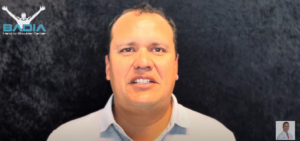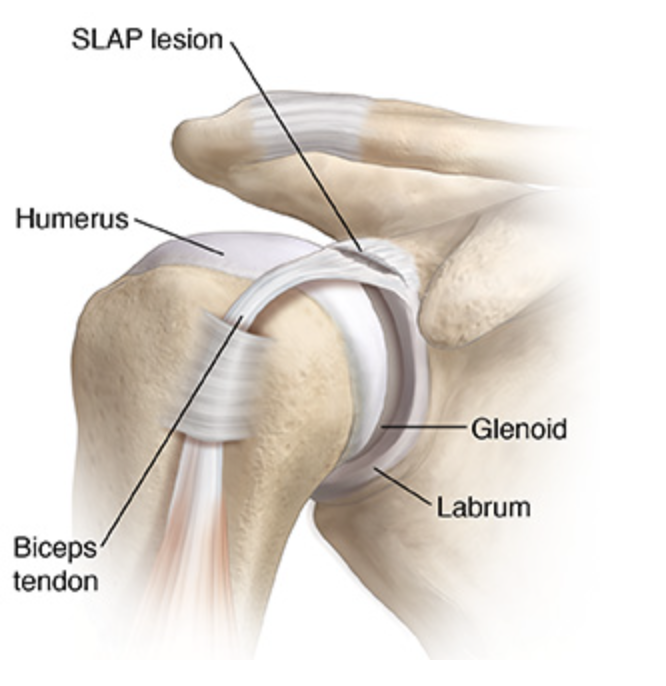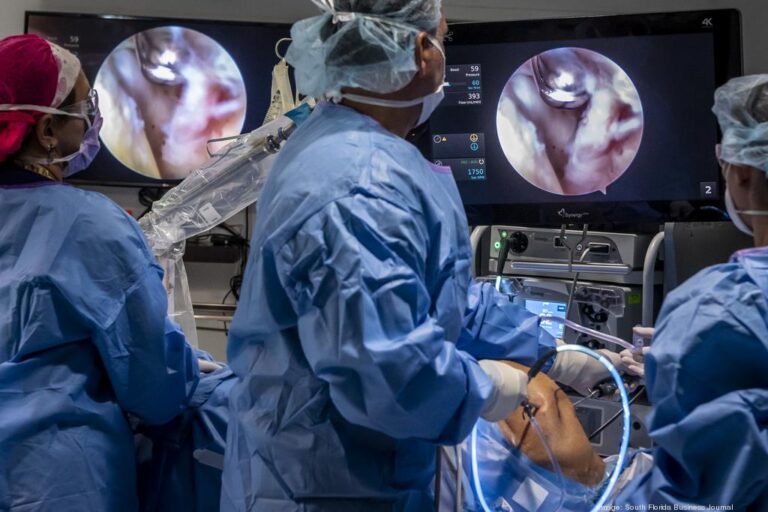
Shoulder instability arises when the usual support structures of the shoulder joint are weakened or damaged, resulting in either a partial or complete displacement of the upper arm bone (humerus) from its natural position within the shoulder socket.
Shoulder instability occurs when the structures that normally hold the shoulder joint in place become compromised, leading to the partial or complete dislocation of the upper arm bone (humerus) from the shoulder socket (glenoid). This can result in repeated episodes of the shoulder “popping out” of its normal position, causing discomfort, pain, and limited mobility. Here’s a breakdown of shoulder instability:

The shoulder is a ball-and-socket joint known for its wide range of motion. Stability in the shoulder is primarily provided by a group of ligaments, tendons, and muscles, along with the labrum (a rim of cartilage that deepens the glenoid socket). When any of these structures are damaged or loose, it can lead to instability.

Conservative Management: Non-surgical approaches may include physical therapy to strengthen the shoulder muscles and improve stability. Rest, ice, and anti-inflammatory medications can help manage pain and inflammation.

Monday- Friday: 8:30AM- 5:00 PM
Saturday- Sunday: Closed